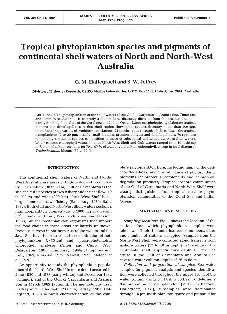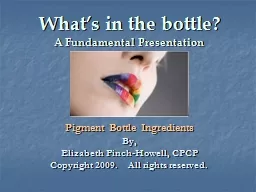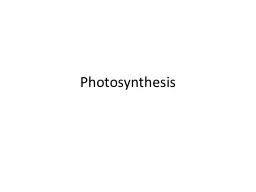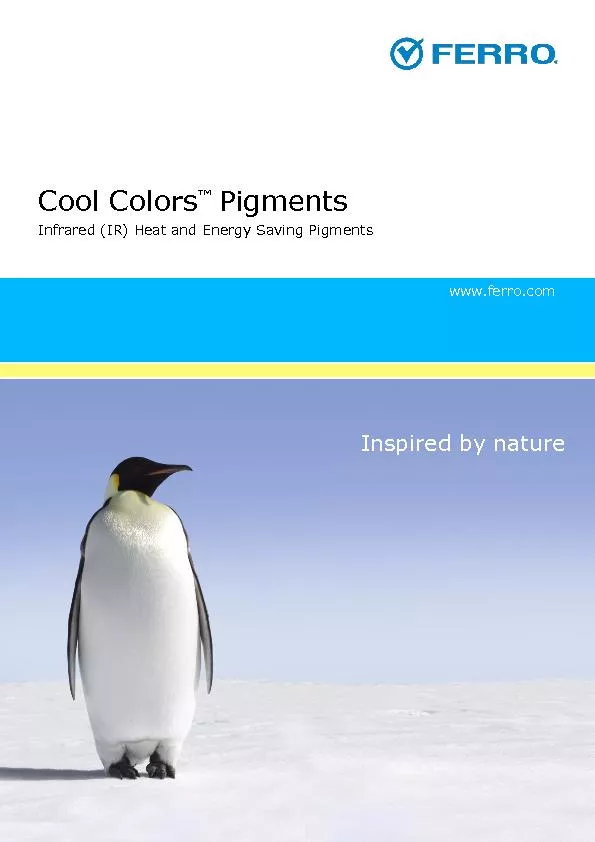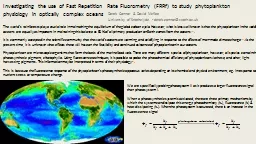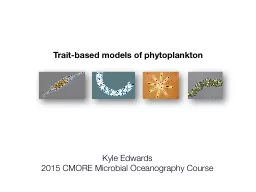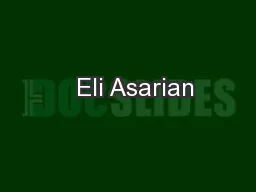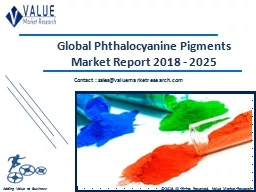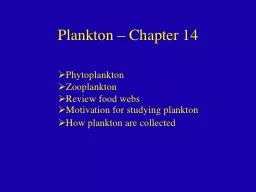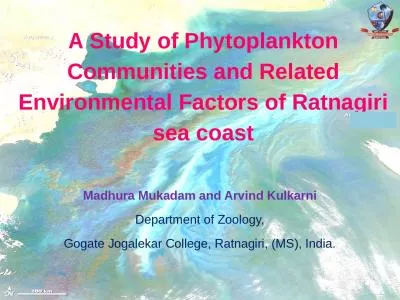PDF-Published November 8 Tropical phytoplankton species and pigments of co
Author : alida-meadow | Published Date : 2015-09-24
Mar Ecol Ser M Fisheries Research CSIRO Marine Laboratories GPO Box 1538 Hobart Tas 7001 Australia ABSTRACT The phytoplankton of the shelf waters m2 1977 Rothlisberg
Presentation Embed Code
Download Presentation
Download Presentation The PPT/PDF document "Published November 8 Tropical phytoplank..." is the property of its rightful owner. Permission is granted to download and print the materials on this website for personal, non-commercial use only, and to display it on your personal computer provided you do not modify the materials and that you retain all copyright notices contained in the materials. By downloading content from our website, you accept the terms of this agreement.
Published November 8 Tropical phytoplankton species and pigments of co: Transcript
Download Rules Of Document
"Published November 8 Tropical phytoplankton species and pigments of co"The content belongs to its owner. You may download and print it for personal use, without modification, and keep all copyright notices. By downloading, you agree to these terms.
Related Documents

